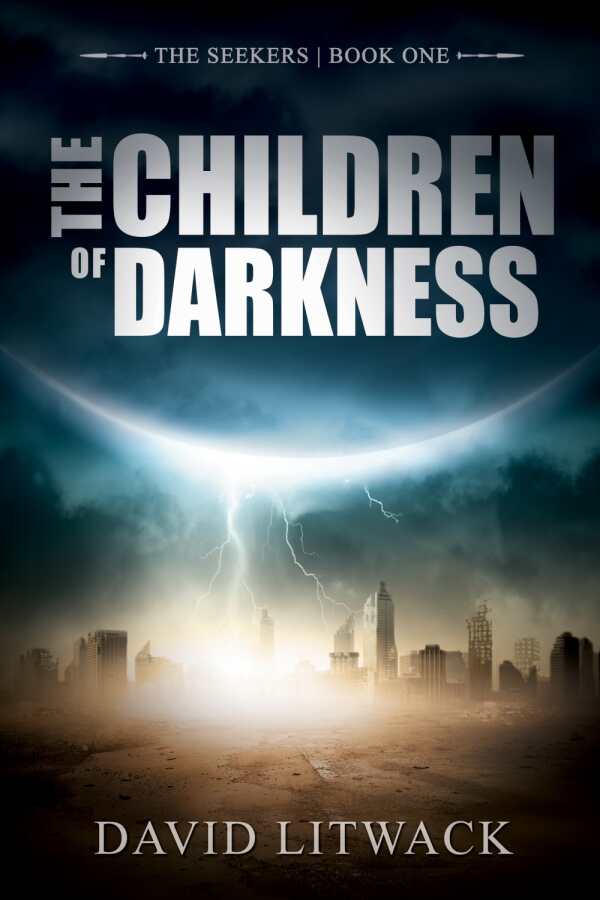
The Children of Darkness
Three freethinking teens are the heroes of this exciting dystopian novel, which offers a commentary on religious institutional corruption.
Pursued by an antitechnological Temple, three teenagers must discover how to free their society from the grip of a ruthless theocracy. The Children of Darkness is an engaging YA piece that incorporates both familiar genre elements and advanced ideas about social change.
Orah, Nathaniel, and Thomas are childhood friends who live in a tiny village under the auspices of the ruling religious organization, the Temple of Light. But when they come of age, Thomas is summoned to a cruel ceremony where he is forced to reveal that his friends indulge in free thought. While in the custody of the Temple, Nathaniel learns that an alternative to the Temple may exist: a keep where the miraculous, forbidden technology of ages past may still exist. To find it, the three will need to become Seekers, risking everything to bring back a lost world.
While the book focuses on an all-powerful religious cult, its message is strongly proreligion. Even while on the run, Orah often prays to the Light, explaining that the Temple is wrong, but the basics of the religion are good. The Seekers, especially Thomas, struggle to reconcile the Temple’s use of psychological torture with its nominally positive message of peace and stability. The result is a thoughtful commentary highlighting ideological balance rather than ideological correctness.
The Seekers spend a tremendous amount of time chasing clues, which occasionally becomes a bit of a drag. Some of the book’s pacing issues can be tied to the fact that everyone in the book’s universe is completely resistant to the use of force to accomplish their goals. The protagonists forward the plot with a series of nonviolent community actions, including education and information initiatives, culminating in an ideological compromise with the prevailing powers. Despite the fact that the Temple won’t kill the heroes, the stakes are high enough to sustain the suspense. Excellent descriptions of the Temple’s favored teaching practice—days at a time shut up in a pitch-dark room—gives the possibility of failure a bogeyman with more depth than the Grim Reaper.
Unlike many other examples of the genre, The Children of Darkness portrays its heroes and villains in shades of gray. Most of the adults are, if not cowardly, then complacent and invested in their individual lives. The Seekers behave in a manner that any parent of teenagers will recognize: selfishly, idealistically, and thoughtlessly. They manifest their victory over the Temple of Light when they overcome these typical foibles of youth. Thomas represents the best example of this when he defies his fear to save his friends, but both Nathaniel and Orah must resist their own idealism to effect a workable outcome.
While it’s unlikely to intrigue teens who have enjoyed the overwhelming violence of other YA series featuring hunted young heroes against a completely evil state, The Children of Darkness is an appropriate choice for budding activists interested in realistic outcomes of social agitation.
Reviewed by
Anna Call
Disclosure: This article is not an endorsement, but a review. The publisher of this book provided free copies of the book and paid a small fee to have their book reviewed by a professional reviewer. Foreword Reviews and Clarion Reviews make no guarantee that the publisher will receive a positive review. Foreword Magazine, Inc. is disclosing this in accordance with the Federal Trade Commission’s 16 CFR, Part 255.
